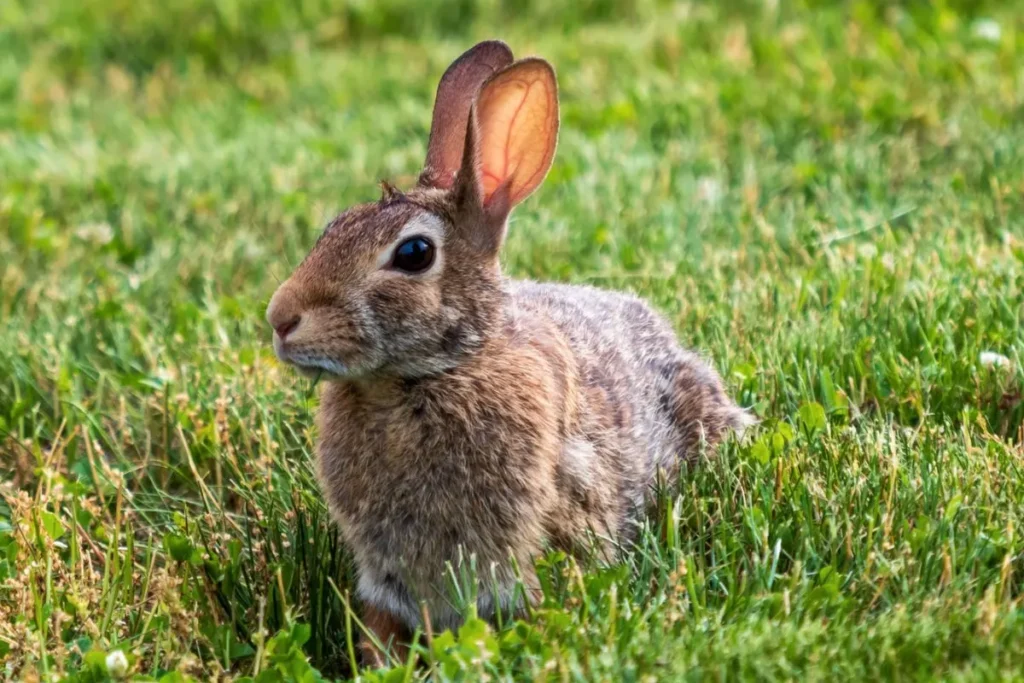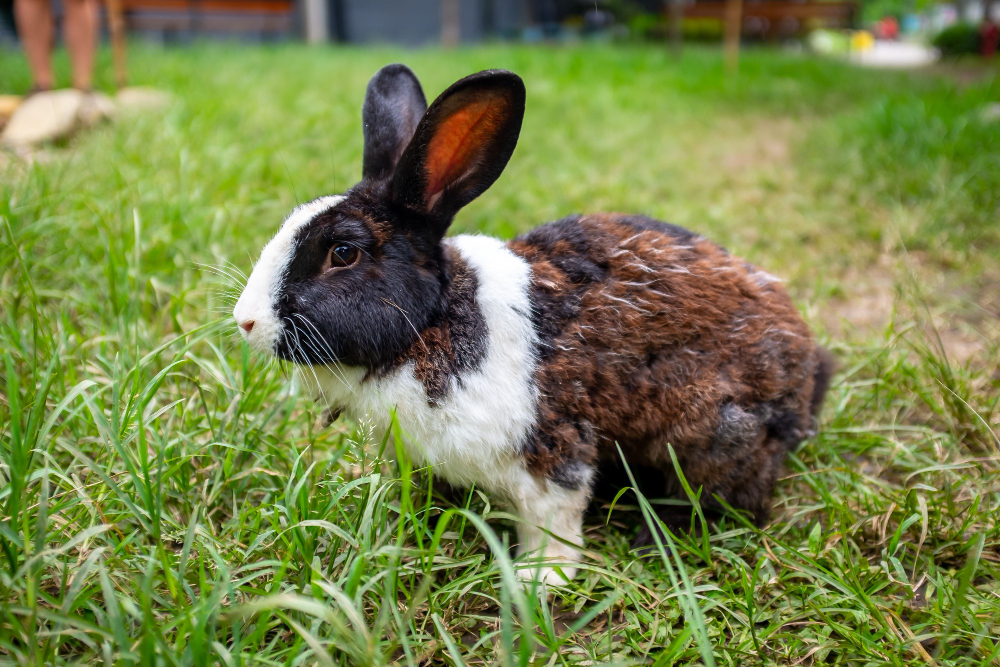Introduction
Rabbits are remarkable creatures that have made the transition from wild prey animals to beloved household pets. With 45 recognized breeds, each possessing distinct personalities shaped by age, instincts, and environment, rabbits offer unique companionship. Their evolution from wild creatures to domesticated pets has left them with fascinating characteristics that every potential or current owner should understand.
Table of Contents
Rabbit Biology and Development
Early Life and Growth
- Newborn rabbits (kits) arrive:
- Blind
- Deaf
- Hairless
- Completely dependent on their mother
- Development timeline:
- Day 7: First fur growth begins
- Week 8: Vision and hearing develop
- Week 12: Sexual maturity can begin
- Adult size: Reached between 6-12 months depending on breed
Physical Characteristics
Dental Structure
- Continuously growing teeth throughout life
- Growth rate: 2-4mm per week
- Dental care requirements:
- Daily hay consumption
- Wooden toys for chewing
- Regular dental checks
- Signs of dental problems to watch for:
- Decreased appetite
- Drooling
- Facial swelling
- Weight loss

Unique Body Features
- Powerful hind legs:
- Vertical jump capability: Over 3 feet
- Horizontal leap distance: Up to 9 feet
- Muscle composition designed for quick escapes
- Specialized cooling system:
- Sweat glands only in paw pads
- Other cooling methods:
- Blood vessel dilation in ears
- Stretched out posture
- Seeking cool surfaces
Sensory Abilities
Vision
- Far-sighted capabilities:
- Excellent distance vision
- Near-vision limitations
- Nearly 360-degree field of view
- Color perception:
- Limited color spectrum
- Better at detecting movement
- Night vision adaptation

Hearing
- Sophisticated ear structure:
- Independent ear movement
- High-frequency detection
- Similar range to humans but enhanced sensitivity
- Sound interpretation abilities:
- Danger detection
- Social communication
- Territory awareness
Smell
- Advanced olfactory capabilities:
- Early predator detection
- Food safety assessment
- Social recognition
- Territory marking
- Role in bonding and social behavior
Rabbit Behavior and Communication
Body Language
- Happy behaviours:
- Binkying (jumping with body twists)
- Flopping
- Purring (teeth grinding)
- Nose bonking
- Stress signals:
- Foot thumping
- Hiding
- Aggressive posturing
- Excessive grooming
Social Nature
- Hierarchy establishment
- Bonding behaviors
- Territory marking
- Social needs:
- Human interaction
- Possible rabbit companions
- Environmental enrichment
Care Requirements
Housing
- Space requirements:
- Minimum area calculations
- Exercise space
- Multi-level options
- Environmental enrichment:
- Tunnels
- Toys
- Climbing structures
- Hide boxes
- Play areas

Nutrition
- Essential dietary components:
- Hay (80% of diet):
- Timothy
- Meadow
- Orchard grass
- Fresh vegetables (10-15%):
- Safe options list
- Daily serving sizes
- Introduction methods
- Pellets (5-10%):
- Age-appropriate amounts
- Quality selection
- Treats (minimal):
- Safe fruits
- Portion control
Health Maintenance
Reproductive Health
- Spaying/neutering benefits:
- Cancer prevention
- Behavior improvement
- Population control
- Optimal timing for procedures
- Recovery care
Regular Health Monitoring
- Weekly health checks:
- Weight monitoring
- Fur condition
- Eye clarity
- Dental health
- Nail length
- Common health issues:
- GI stasis
- Dental problems
- Respiratory infections
- Parasites
Environmental Enrichment
Mental Stimulation
- Activity area essentials:
- Varied textures
- Multiple levels
- Safe materials
- Rotation schedule
- Enrichment activities:
- Foraging games
- Obstacle courses
- Digging boxes
- Puzzle toys
Exercise Requirements
- Daily exercise needs
- Safe play areas
- Supervised outdoor time
- Exercise toys and equipment
Social Integration
Human Interaction
- Trust building techniques
- Handling guidelines
- Training possibilities
- Bonding activities
Other Pets
- Introduction protocols
- Safety considerations
- Compatible species
- Supervision requirements
Long-term Care
Lifespan Considerations
- Average 10-year lifespan
- Age-related care adjustments
- Senior rabbit needs
- Quality of life factors
Financial Planning
- Regular expenses:
- Food
- Bedding
- Healthcare
- Insurance options
- Emergency fund recommendations
Conclusion
Understanding rabbits’ prey animal nature is crucial for providing appropriate care and creating a nurturing environment. Their unique characteristics, from continuous tooth growth to sophisticated communication methods, require specific care approaches. With proper attention to their physical, mental, and emotional needs, rabbits can thrive as pets, often exceeding their expected lifespan and bringing joy to their human companions.
Remember that each rabbit is an individual, and while these guidelines provide a foundation for care, observing and adapting to your specific rabbit’s needs is essential for their well-being and happiness.








